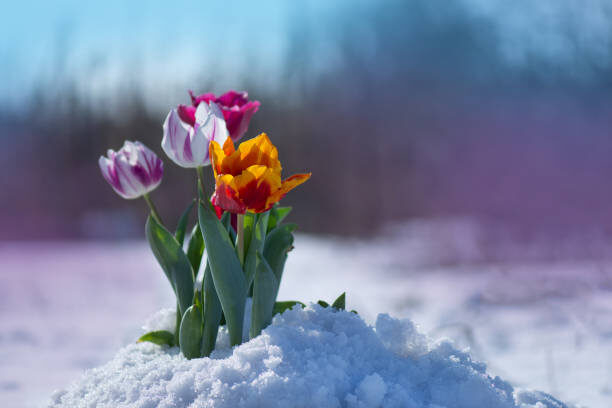Here in the Chicagoland area, we seem to experience the same pattern every year: an early warm-up to spring temperatures in February, followed by a dramatic cooling and seeming return to winter just before our true spring warm-up begins. Currently outside our office, it is over 60 degrees and sunny. One may even expect flowers to be popping up from the ground – but we’re not out of the proverbial woods yet. Hard frosts and snow events are still a looming threat through March and April in our area. Typical last frost can occur even into May! So we’re given a challenge of how to protect emerging plants awoken by the interludes of heat and potential waves of cold. We’ll share some tips in this article to help you keep those new flowers undamaged by the occasional freezing cold snap.
First, a quick refresher on USDA hardiness zones. Hardiness zones represent the annual extreme minimum temperature. In other words, hardiness zones reflect the average coldest temperature we experience in winter. The map is divided into 13 zones across the country, each comporting to these temperature standards. The lower-numbered zones have a colder minimum temperature and the higher-numbered zones have a warmer minimum temperature. The USDA revised our hardiness zones in November of 2023, expanding the 6a zone around Chicagoland, and adding an area of zone 7b in southern Illinois. This means the general trend of minimum winter temperatures has become milder across our state and stays warmer during winter months. Coldest winter temperatures are a primary limiting factor for the survivability range of plants, which is why the USDA hardiness zone map is so important when adding new plants to your urban landscape.
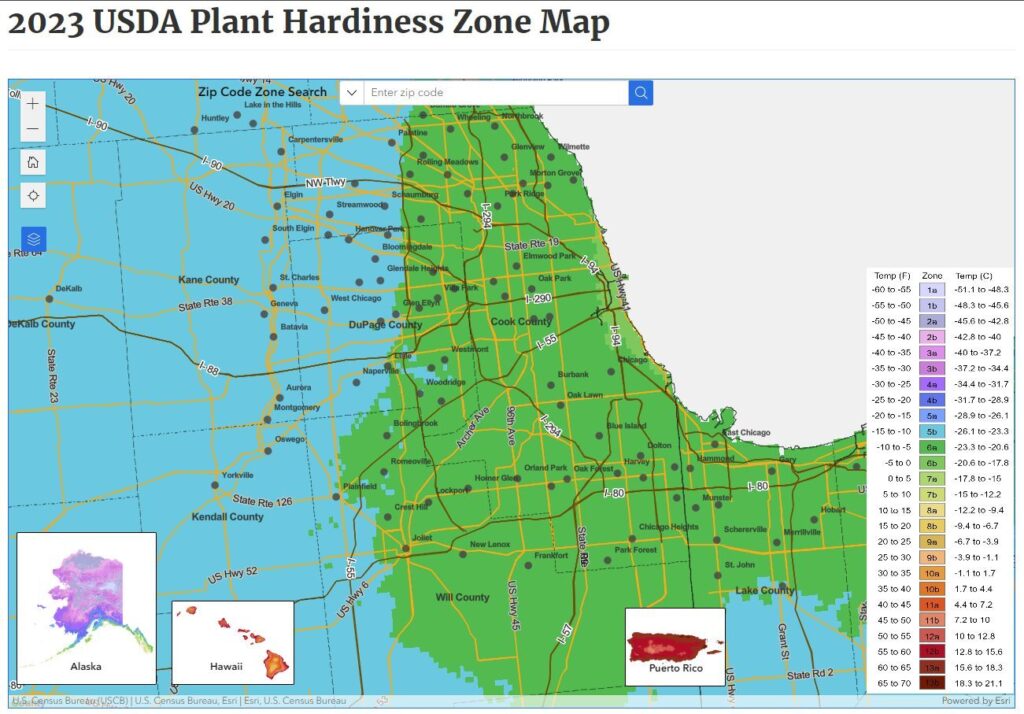
With all this warm February weather, how can we keep our fresh emerging plants safe during these potentially damaging late freezes?
First, we can help keep plants underground dormant by not disturbing mulch or ground cover. Mulch has an insulating effect on soil temperatures, helping keep the soil cooler during warm periods and warm during sudden temperature drops. This will help protect plant roots underground but also maintain an overall cooler temperature through early warming, which may help keep the plants dormant and prevent an early emergence.
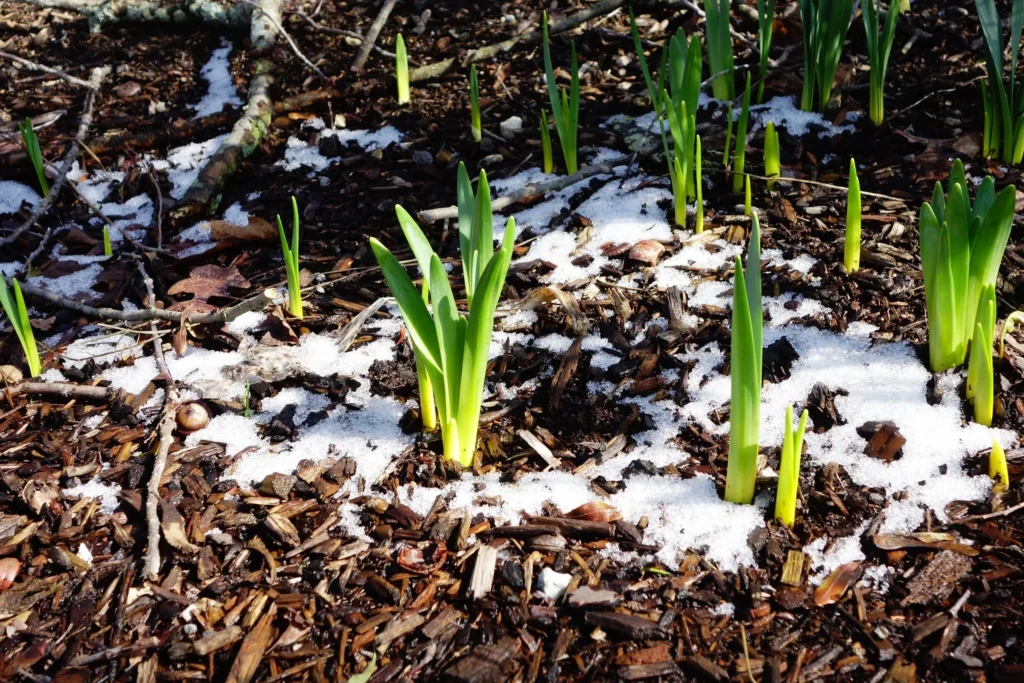
Don’t worry about snow cover. A fresh blanket of snow actually provides a great insulating cover similar to mulch. This will help reflect sunlight during bright days and the fluffy airy snow acts like a blanket and mediates soil temperature.
Pay attention to nighttime low temperatures for a good indication of potential harm to newly emerging spring plants. Even though temperatures during the day may reach the 50s or even 60s, nighttime temperatures will dictate the risk of harm to emerging plants. Keep plants protected as long as a risk of nighttime frost exists.
Lastly, to put your mind at ease, make sure you always use plants that are rated for our hardiness zone! If you’re around the Chicagoland area and try to plant something that only grows in zone 9 (around Georgia) then you can’t expect it to survive the winter and emerge in the spring. Stick to cold-hardy plants to make sure they can tolerate our winter conditions in Illinois.
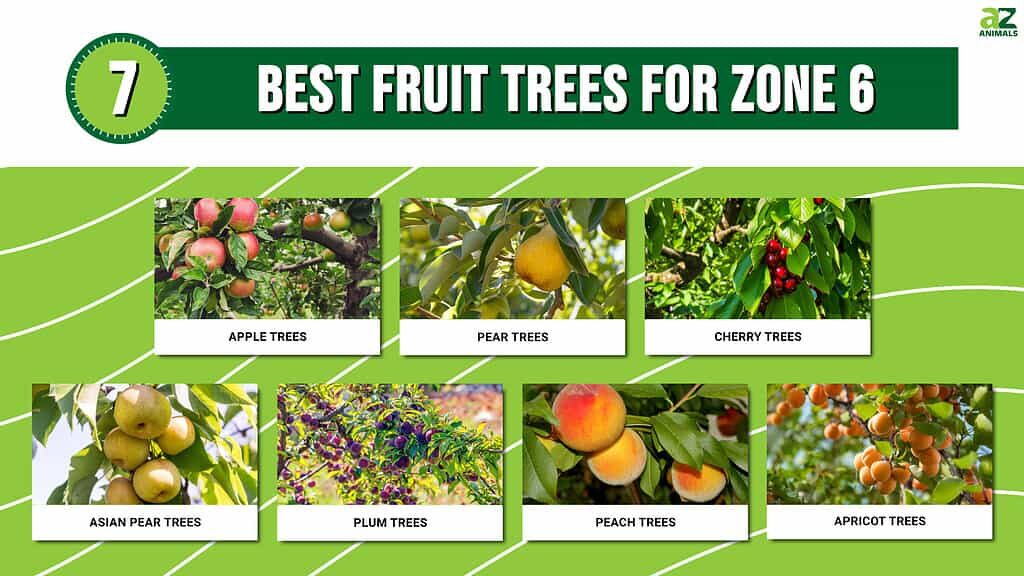
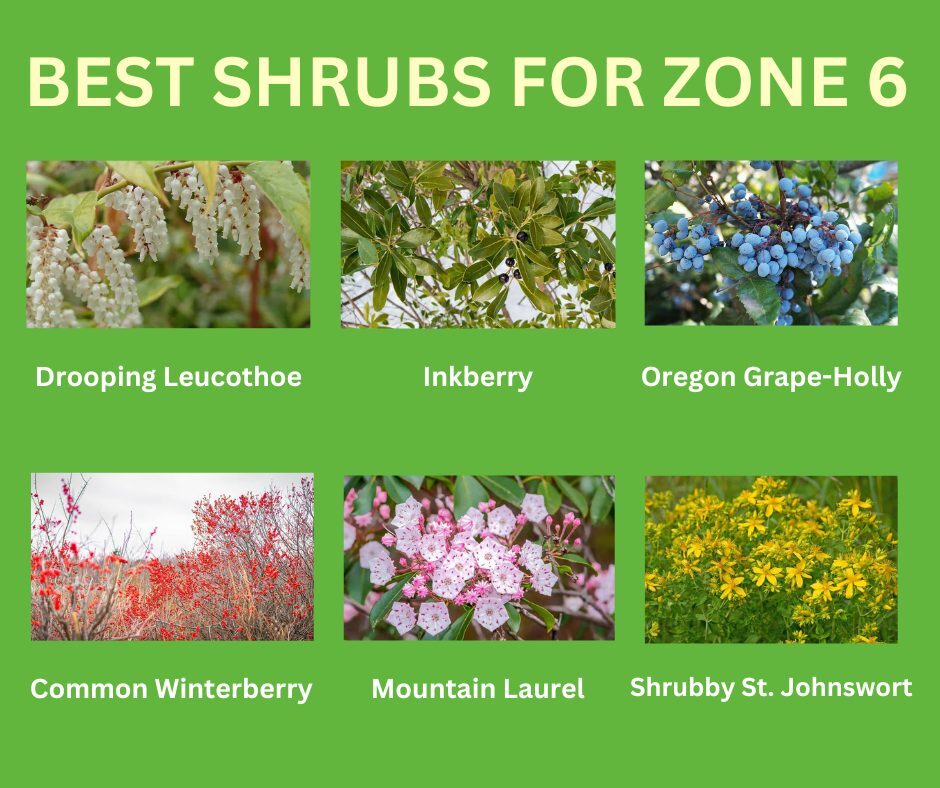
We hope you’re excited for spring as much as we are! Seeing perennials emerging from the ground, trees putting out flowers, and watching buds swell and open is always a welcome show. Spring is also the time to think about caring for your urban landscape. This is the time to protect plants from disease outbreaks, feed the landscape with the nutrition it needs, and prevent any insect pests from causing damage to your valuable landscape plants. Homer Tree Care is ready to help you keep your trees and shrubs lush and resilient.

